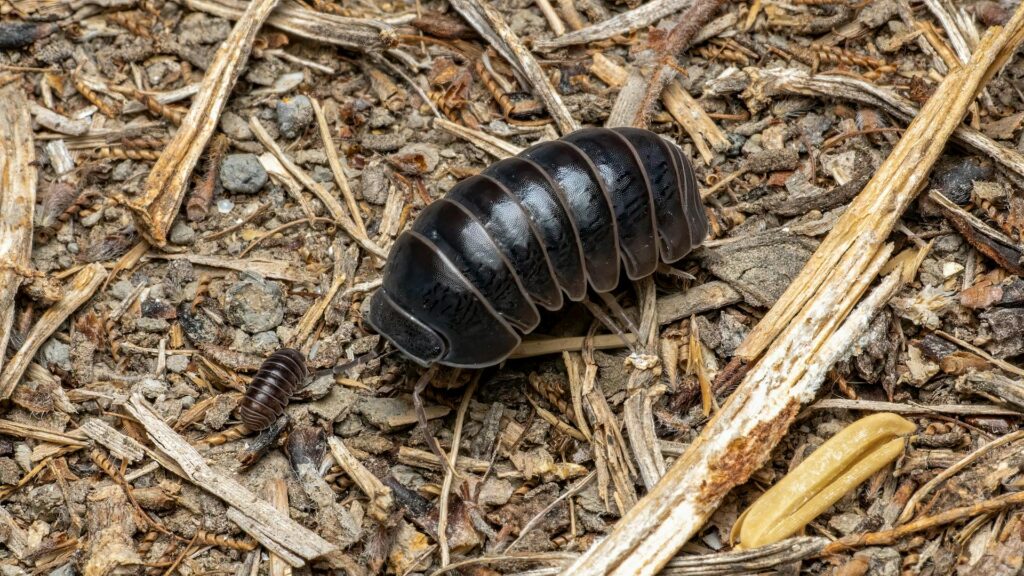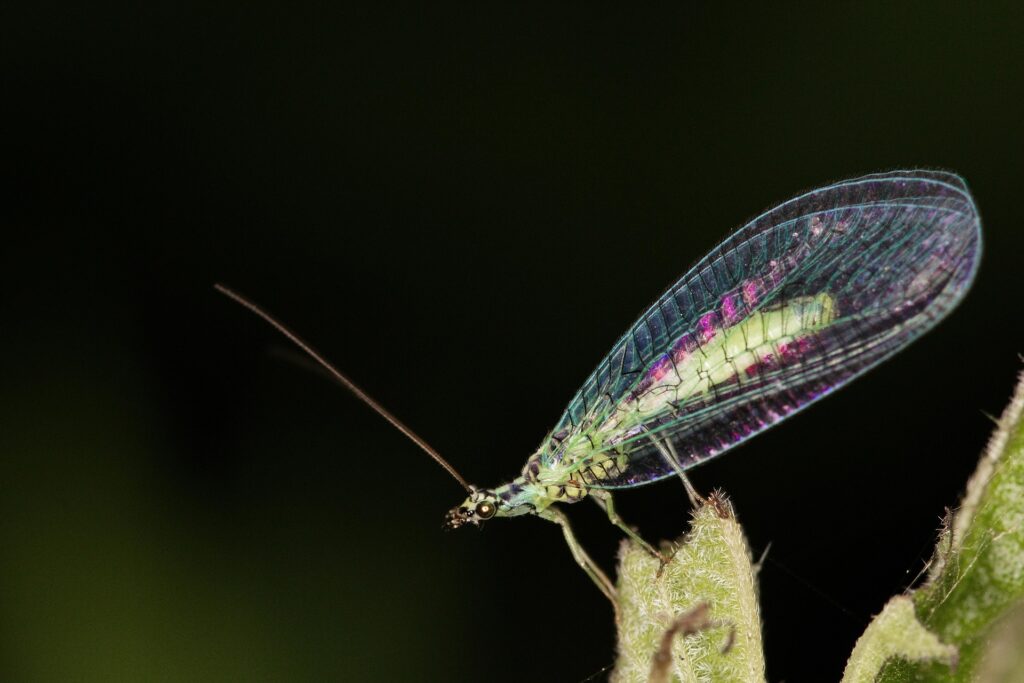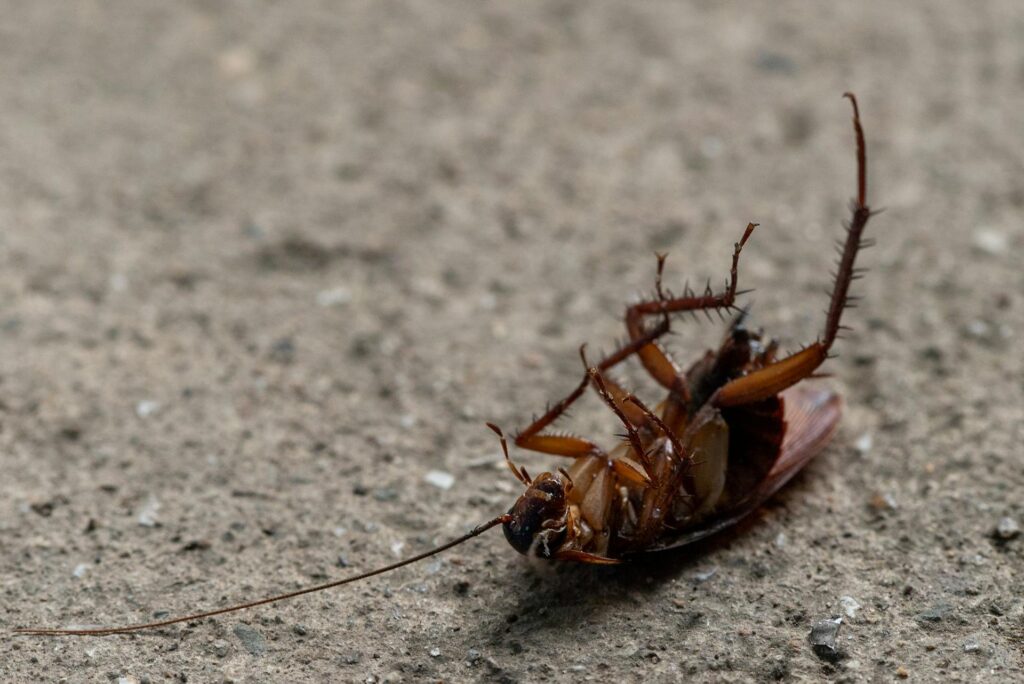If you’ve noticed small hills of soil appearing in your yard, driveway cracks, or garden areas, you’ve discovered ant mounds. These distinctive cone-shaped structures aren’t random piles of dirt—they’re carefully engineered constructions that serve essential functions for underground ant colonies. Understanding why ants build mounds, which species create them, and what they mean for your property can help you better manage these industrious insects and determine when their activity requires ant control around your home and landscape.
What Are Ant Mounds?
Ant mounds are carefully constructed soil structures that serve as ventilation systems, nest entrances, and climate control mechanisms for underground ant colonies. These cone or volcano-shaped formations are created when worker ants excavate tunnels and chambers below ground, bringing excess soil to the surface and arranging it in organized piles around nest openings. The mounds aren’t random accumulations of dirt—they’re engineered structures designed to regulate temperature and humidity within the underground colony.
Many mounds also function as solar collectors, absorbing heat during the day to warm the underground chambers where eggs and larvae develop. The positioning and orientation of mounds are often strategic, taking advantage of sun exposure and drainage patterns to optimize colony conditions.
Which Species of Ants Build Mounds?
Several ant species are known for their mound-building behavior, with field ants being among the most prolific mound builders. These ants create substantial soil mounds in lawns and open areas, often reaching 6-12 inches in diameter. Pavement ants build smaller mounds along cracks in sidewalks, driveways, and foundations, creating the characteristic “volcano” appearance in concrete joints.
Fire ants are notorious for their dome-shaped mounds that can reach impressive sizes and house aggressive colonies. Harvester ants construct large, cleared areas around their mounds with radiating trails, often removing all vegetation in a circle around the nest entrance. Allegheny mound ants create some of the largest mounds in North America, sometimes reaching 2-3 feet in height and housing multiple queens.
Little black ants and cornfield ants build smaller, less noticeable mounds but can still create numerous soil piles across lawns and garden areas. The size, shape, and location of mounds often help identify the species involved, which is important for determining appropriate management strategies and assessing any potential risks to humans, pets, or property.
Are Ant Mounds Dangerous?
Most ant mounds pose minimal direct danger to humans and pets, serving primarily as aesthetic concerns or minor inconveniences in landscaped areas. However, fire ant mounds represent a significant safety hazard, as disturbing these structures can trigger aggressive defensive responses from colonies capable of delivering painful, potentially dangerous stings. Fire ants can swarm out of disturbed mounds in large numbers, making encounters particularly risky for children, elderly individuals, and pets.
From a property perspective, large mounds can create uneven surfaces that pose tripping hazards or interfere with lawn maintenance equipment. Mounds near foundations, sidewalks, or driveways may indicate extensive underground tunneling that could potentially affect soil stability, though this is uncommon with most residential ant species.
Harvester ant mounds can be problematic due to their vegetation-clearing behavior, which creates bare patches in lawns and landscapes. Additionally, the ants themselves may bite if their mounds are disturbed, though their bites are generally less dangerous than fire ant stings. For most homeowners, the primary concerns with ant mounds are cosmetic damage to landscaping and the potential for the underlying colony to expand into problematic areas around the home.
How to Prevent an Ant Infestation
Preventing ant mound formation and colony establishment requires addressing the conditions that attract ants to your property. Eliminate food sources by maintaining clean outdoor areas, promptly removing fallen fruit, securing garbage in tight-fitting containers, and cleaning up pet food spills. Control moisture by fixing leaks, ensuring proper drainage around your foundation, and addressing any standing water issues that attract ants seeking hydration.
Reduce potential nesting sites by maintaining well-trimmed landscaping, removing excess mulch from around foundations, and clearing debris piles that provide shelter. Create barriers by sealing cracks in foundations, sidewalks, and driveways where ants might establish colonies. Regular lawn maintenance including proper watering and fertilization helps maintain healthy grass that can better compete with ant activity.
What to Do if You Have an Ant Infestation
If you’ve discovered ant mounds on your property, take action to address both the visible structures and the underlying colonies:
- Identify the species: Determine which type of ants you’re dealing with to assess safety risks and choose appropriate control methods.
- Avoid disturbing fire ant mounds: If you suspect fire ants, keep family and pets away and contact professionals immediately for safe removal.
- Treat individual mounds: Apply appropriate ant control products directly to mound entrances for non-aggressive species.
- Use baiting strategies: Place ant baits near mounds to allow workers to carry poison back to colonies, targeting queens and larvae.
- Address moisture issues: Eliminate water sources and improve drainage that may be attracting ants to your property.
- Seal entry points: Caulk cracks in foundations, sidewalks, and other areas where ants might establish new colonies.
- Monitor for new activity: Continue watching for additional mounds or ant activity after initial treatment efforts.
- Consider professional help: Contact pest control services for extensive infestations, aggressive species, or persistent problems that don’t respond to DIY methods.
When to Call a Professional
When dealing with ant mound problems that are affecting your landscape or pose safety concerns for your family, professional pest control services offer the most effective solutions. At Aptive, our pest control experts can assess the extent of your ant mound activity and identify the specific species involved, which is crucial for determining the most appropriate and effective treatment methods. This is especially important when dealing with aggressive species like fire ants that require specialized handling and can pose a risk.
If you’ve noticed multiple ant mounds appearing on your property or have concerns about aggressive ant species, don’t wait—contact Aptive today for a free quote. We’ll help you eliminate the ant mound problem while keeping these home and lawn invaders from your family , pets, and living space.
Ant Mound FAQs
Here are some commonly-asked questions by homeowners on what ant mounds are and what damage they cause.
Q: Are ant mounds dangerous to my pets and children?
Ant mounds can pose risks to pets and children, particularly if they belong to aggressive species like fire ants. Curious children and pets may accidentally step on or disturb mounds, triggering defensive responses from colonies that can result in multiple painful stings. Fire ant mounds are especially dangerous, as these ants can swarm aggressively when their nests are threatened. Even less aggressive species may bite when disturbed, and mounds can create tripping hazards in play areas.
Q: Can I get rid of ant mounds myself?
You can remove many ant mounds yourself using commercial ant baits, granular treatments, or mound drenches applied directly to nest entrances. However, fire ant mounds should always be handled by professionals due to safety risks. DIY removal often provides temporary relief, but complete colony elimination requires targeting the underground portions and queens. For persistent problems or aggressive species, professional treatment ensures safer, more effective results that address both visible mounds and hidden colony structures.
Q: What kind of damage do ant mounds cause?
Ant mounds primarily cause aesthetic damage to lawns and landscaping, creating unsightly soil piles that disrupt the appearance of manicured areas. They can damage lawn mower blades when run over and create uneven surfaces that pose tripping hazards. Large mounds may kill grass underneath by blocking sunlight and air circulation. In rare cases, extensive underground tunneling associated with mounds can affect soil stability around foundations, sidewalks, or driveways, though this is uncommon with most residential ant species.









